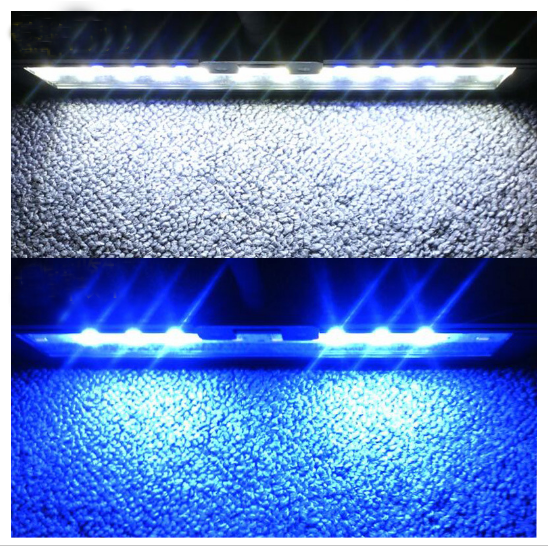Time:2023.08.28Browse:
The high-pressure water pump is divided into three-phase electricity and two-phase electricity, and is completed by the reciprocating movement of the plunger inside the plunger sleeve. When the plunger is in the lower position, the two water holes on the plunger sleeve are opened, and the inner chamber of the plunger sleeve is connected to the water channel in the pump body, quickly filling the water chamber with water. When the cam reaches the roller of the roller body, the plunger rises. Move upwards from the beginning of the plunger until the water hole is blocked by the upper end face of the plunger. During this period, due to the movement of the plunger, water is squeezed out of the water chamber and flows towards the waterway. So this lift is called the pre stroke. When the plunger blocks the water hole, the water pressure process begins. The plunger rises, causing a sharp increase in water pressure in the water chamber. When the pressure exceeds the elasticity of the outlet valve and the upper water pressure, the water valve is pushed out, and the water pressure is sent to the sprinkler through the water inlet pipe.

The moment when the water inlet hole on the plunger sleeve is completely blocked by the upper end face of the plunger is called the theoretical water supply starting point. When the plunger continues to move upwards, the water supply also continues, and the water pressure process continues until the spiral bevel on the plunger clears the return hole of the plunger sleeve. When opened, high-pressure water flows back to the water channel in the pump body through the longitudinal groove on the plunger and the return hole on the plunger sleeve from the water chamber. At this point, the water pressure in the plunger sleeve water chamber rapidly decreases, and the action of the medium water pressure drops back to the valve seat, immediately stopping the water spraying. At this point, although the plunger continues to rise, the water supply has been terminated. The moment when the return hole on the plunger sleeve is opened by the inclined edge of the plunger is called the theoretical water supply endpoint. During the entire upward movement of the plunger, only the middle stroke is the water pressure process, which is called the effective stroke of the plunger.